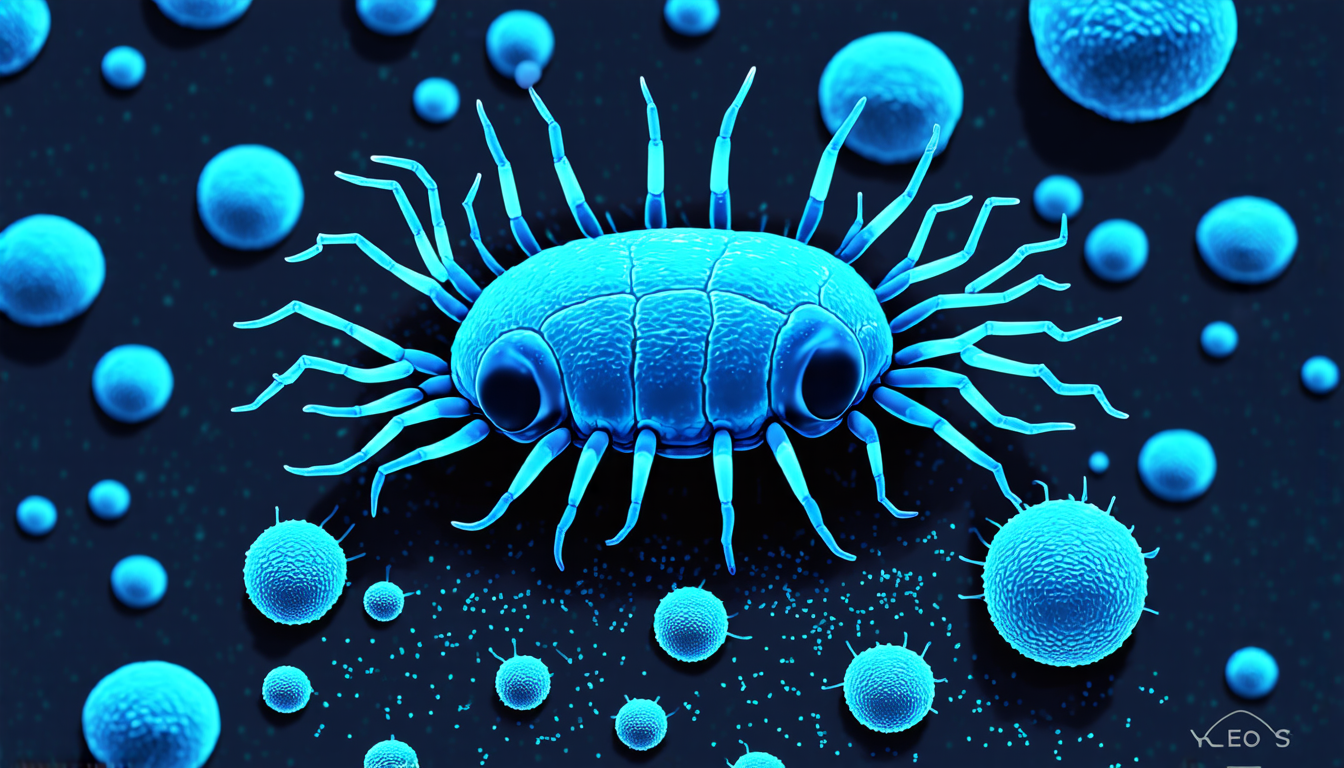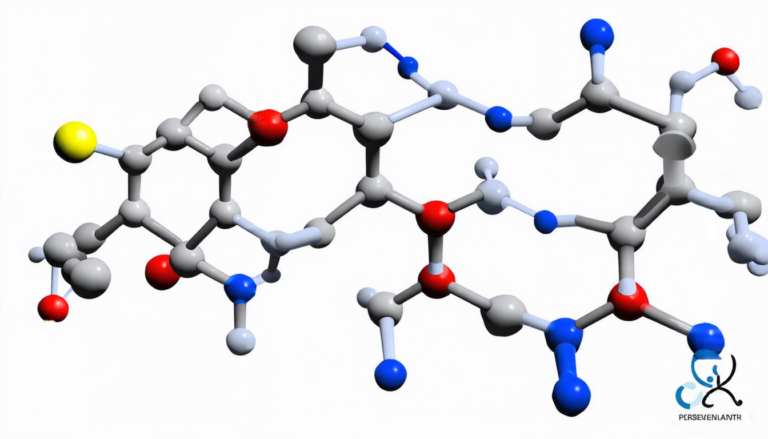Tuesday 08 April 2025
Scientists have long been fascinated by the intricate dance between hosts and parasites, where one organism’s survival depends on another’s demise. A recent study takes this concept a step further by exploring how certain parasites can survive by temporarily hiding out in a dormant state, waiting for their next opportunity to strike.
This phenomenon is known as quiescence, where infected cells or individuals enter a state of dormancy, rendering them less susceptible to treatment and immune responses. Think of it like a game of hide-and-seek, where the parasite goes underground, waiting for the perfect moment to re-emerge and infect its host once more.
Researchers have long struggled to understand how quiescence affects the dynamics of infectious diseases. By developing a mathematical model that incorporates quiescence into the mix, scientists can now better predict how these diseases will spread and persist.
The study reveals that quiescence has a profound impact on the timing of disease outbreaks. Without quiescence, diseases tend to follow a predictable pattern, with outbreaks occurring at regular intervals. However, when quiescence is factored in, the timing of outbreaks becomes much more unpredictable, making it harder for researchers to pinpoint exactly when and where an outbreak will occur.
This newfound understanding has significant implications for disease control strategies. For instance, if scientists can better anticipate how quiescent parasites will behave, they may be able to develop targeted interventions that minimize the spread of disease.
The study also highlights the importance of considering the population size of both hosts and parasites when modeling infectious diseases. In smaller populations, quiescence can have a more significant impact on disease dynamics, leading to longer periods of dormancy before outbreaks occur. Conversely, in larger populations, quiescence may not play as significant a role.
As researchers continue to explore the intricacies of host-parasite interactions, this study serves as a reminder that even the most seemingly innocuous organisms can hold surprising secrets. By shedding light on the complex dynamics of infectious diseases, scientists one step closer to developing more effective strategies for controlling and eradicating these global health threats.
In the end, understanding quiescence may prove crucial in the fight against infectious diseases, allowing us to better anticipate and respond to outbreaks before they spread too far.
Cite this article: “Quiescent Parasites: The Hidden Key to Epidemic Dynamics”, The Science Archive, 2025.
Parasites, Quiescence, Infectious Diseases, Disease Dynamics, Mathematical Model, Host-Parasite Interactions, Population Size, Dormancy, Outbreaks, Disease Control Strategies







